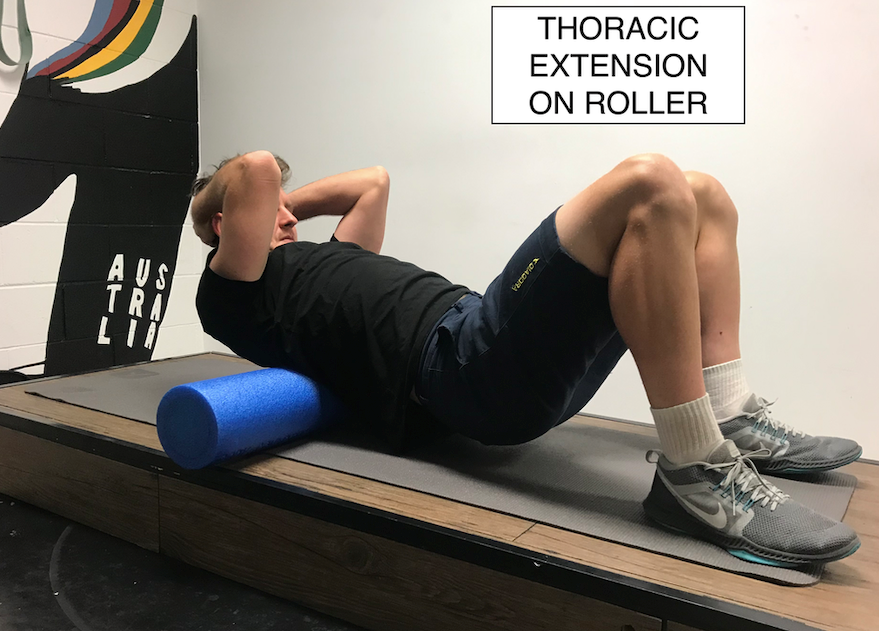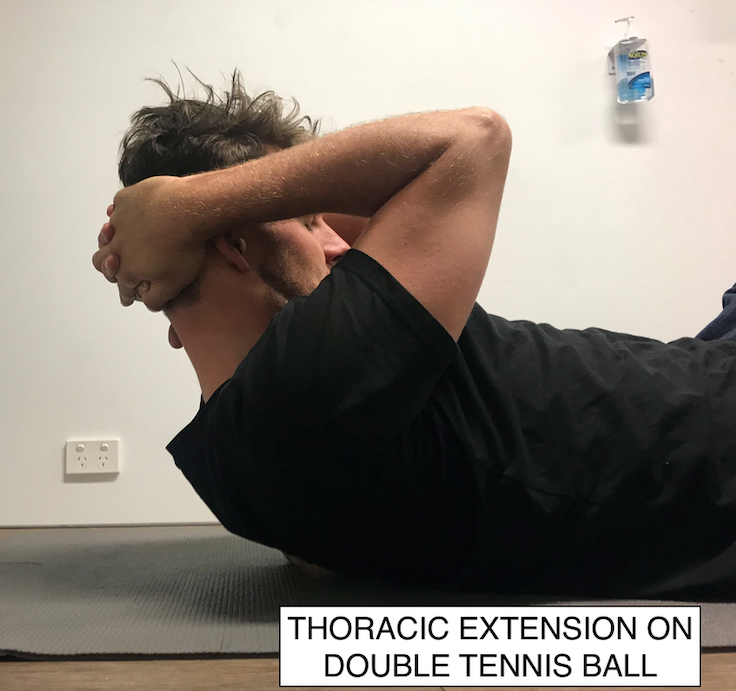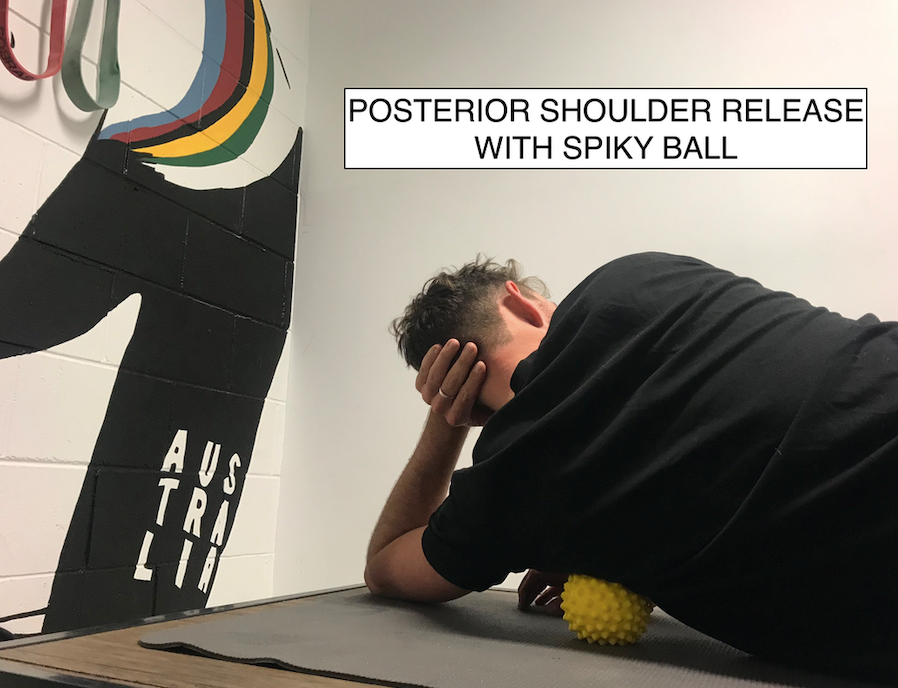Muscle Flexibility and Spinal Mobility
The optimal time trial position in cycling is one that best balances your body, your bike and your event distance. Once these 3 factors have been addressed, you have a baseline in which fit progressions can be made over time to achieve an optimal aerodynamic position. It is important to remember that the best cyclists in the world have been working on their aero positions for many years. You too need to earn your position. In working towards optimal aero you need to be aware of, and address, your muscle flexibility, spinal mobility, off the bike strength, current positional sustainability, training capacity/history as well as your event requirements.
A reminder of the ‘simple’ requirements of aero
What can you do ?
Firstly, Here are some simple tests to work out what needs some attention…
Test Your Range
Firstly, you must simply test your range of flexibility through the hamstrings, calves, glutes, back and shoulders using the forward bend test.
Make sure that you have both feet planted on the floor firmly, and your legs are straight. Make a note of how far you are from the floor and the main areas that you feel tightness.
Next, we will do a Spinal Mobility test. This is a combined measure of muscle flexibility, spinal mobility and ability to control your pelvic and spinal position.
Part 1:
Rest your hands on a table or chair with your feet shoulder width apart, knees slightly bent and a flat back. If is not possible to flatten your back, try to identify the muscle group that may be restricting you. Again, this will generally be hamstrings, calves, glutes, back and shoulders. If you are easily maintaining a flat back in this position, move on to Part 2…..
Part 2:
Progress to resting your elbows on a table or chair with your feet slightly apart and knees slightly bent. Now can you straighten your back?
Again, identify the muscle group that may be restricting you. Again, this will generally be hamstrings, calves, glutes, back and shoulders.
Let’s start with some basic exercises….
Note: These exercises should be completed ‘pain’ free.
In saying that, you might feel some discomfort when completing the exercises with the trigger balls. So start easy and gently progress as able.
Complete the exercises regularly (3-4x/week) to achieve progressive gains over time.
Hamstring Stretch
Goal: Increase hamstring length to facilitate optimal position on TT bars and reduce spinal stress. Aim for 90 degrees. Hold 30-60 seconds.
Downward Dog
Goal: Aim for a triangular shape.
Look at yourself in the mirror side on. Which areas are restricting you from looking like a triangle and are likely to be tight? Calves, hamstrings, glutes, shoulders or spinal stiffness?
Identify where these areas of tightness or weakness are. In our model these are the calves, hamstrings, shoulders.
2 x 30 second holds
Thoracic Extension On Roller
Goal: Increasing thoracic spine mobility.
Equipment: Foam Roller
Keep chin tucked in and gently extend backwards over the roller. Work your way up from the middle of the back to between the shoulder blades
Thoracic Extension on Double Tennis Ball
Goal: Specific thoracic spine joint mobility
Equipment: Two tennis balls taped together
Keep chin tucked on chest. Start with balls under the middle of the back, gently lean into them to reduce muscle tightness or extend over them gently to mobilise the joint. Spend 15 seconds on each spot or more if needed
Pec/Chest Stretch on Foam Roller
Goal: Improve thoracic spine extension
Equipment: Foam roller or rolled up towel
Keep back flat on roller and chin tucked in, take arms out to ‘surrender’ position. Hold for 30 seconds or longer as required
Posterior Shoulder Release
Goal: Reduce tightness at the back of shoulder to improve range of motion in TT position.
Equipment: Spiky ball
Locate sore areas and apply desired pressure on ball until soreness reduces. Move around armpit and back of shoulder to locate tight areas. Work for up to 5 mins.








